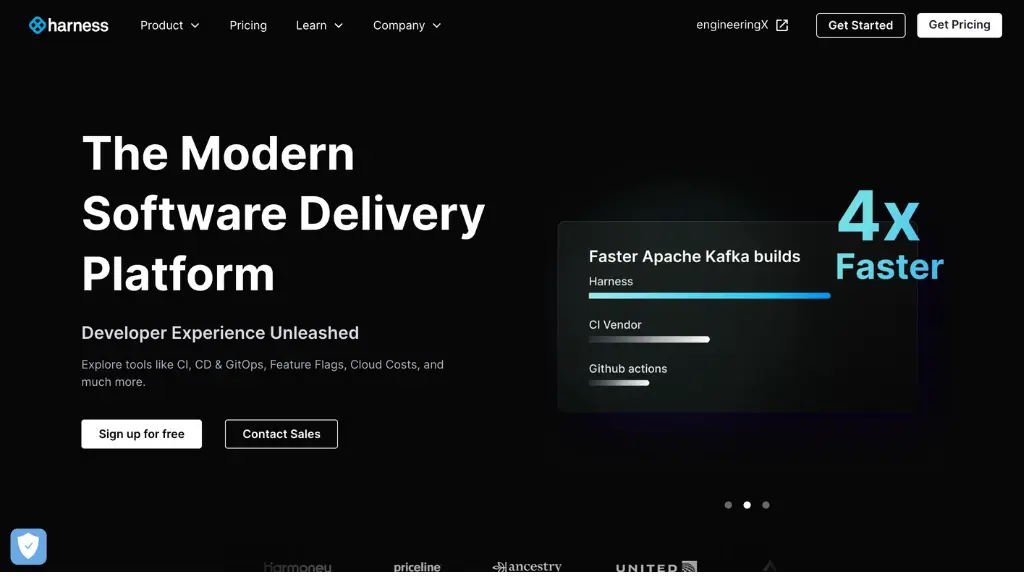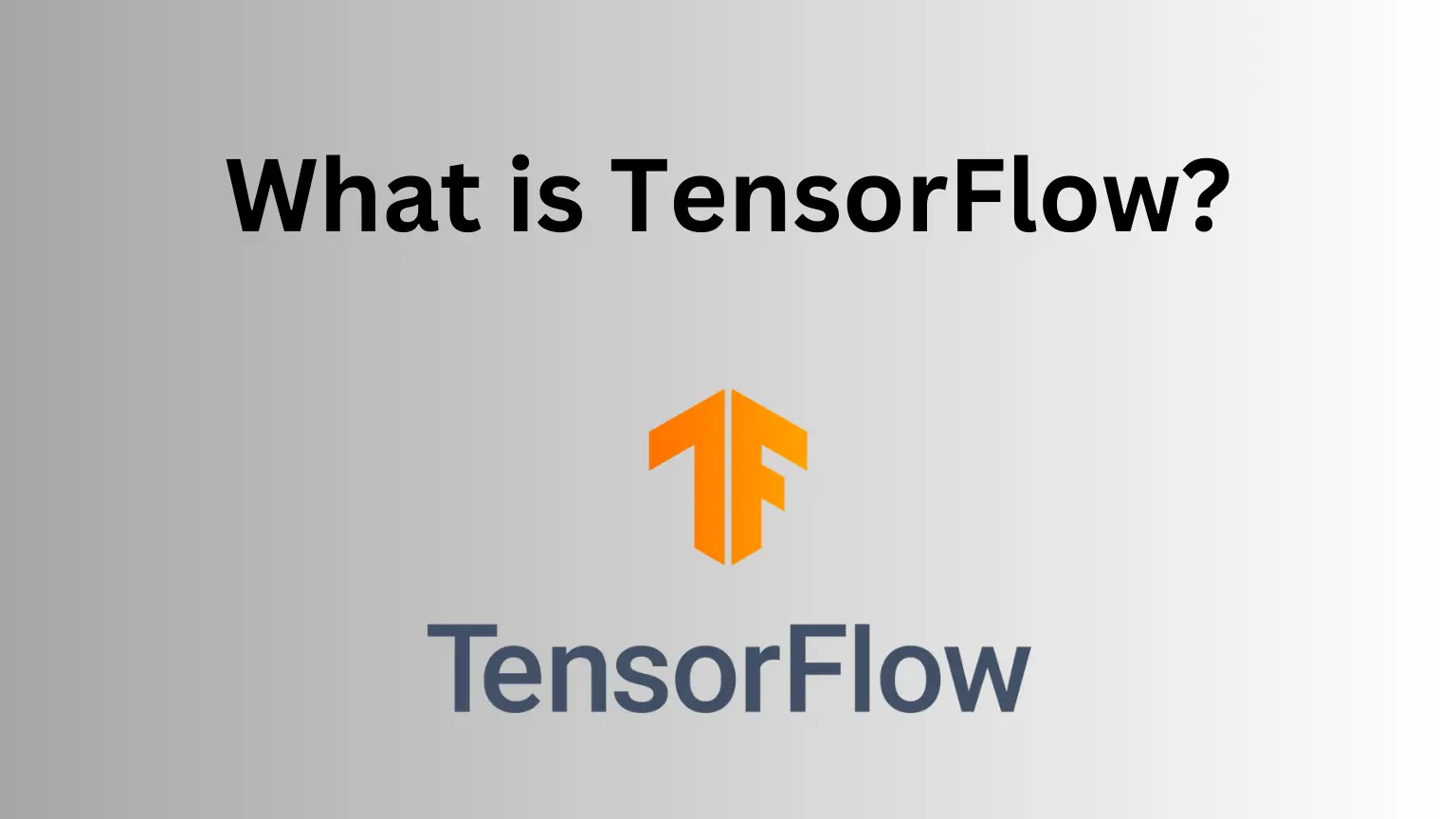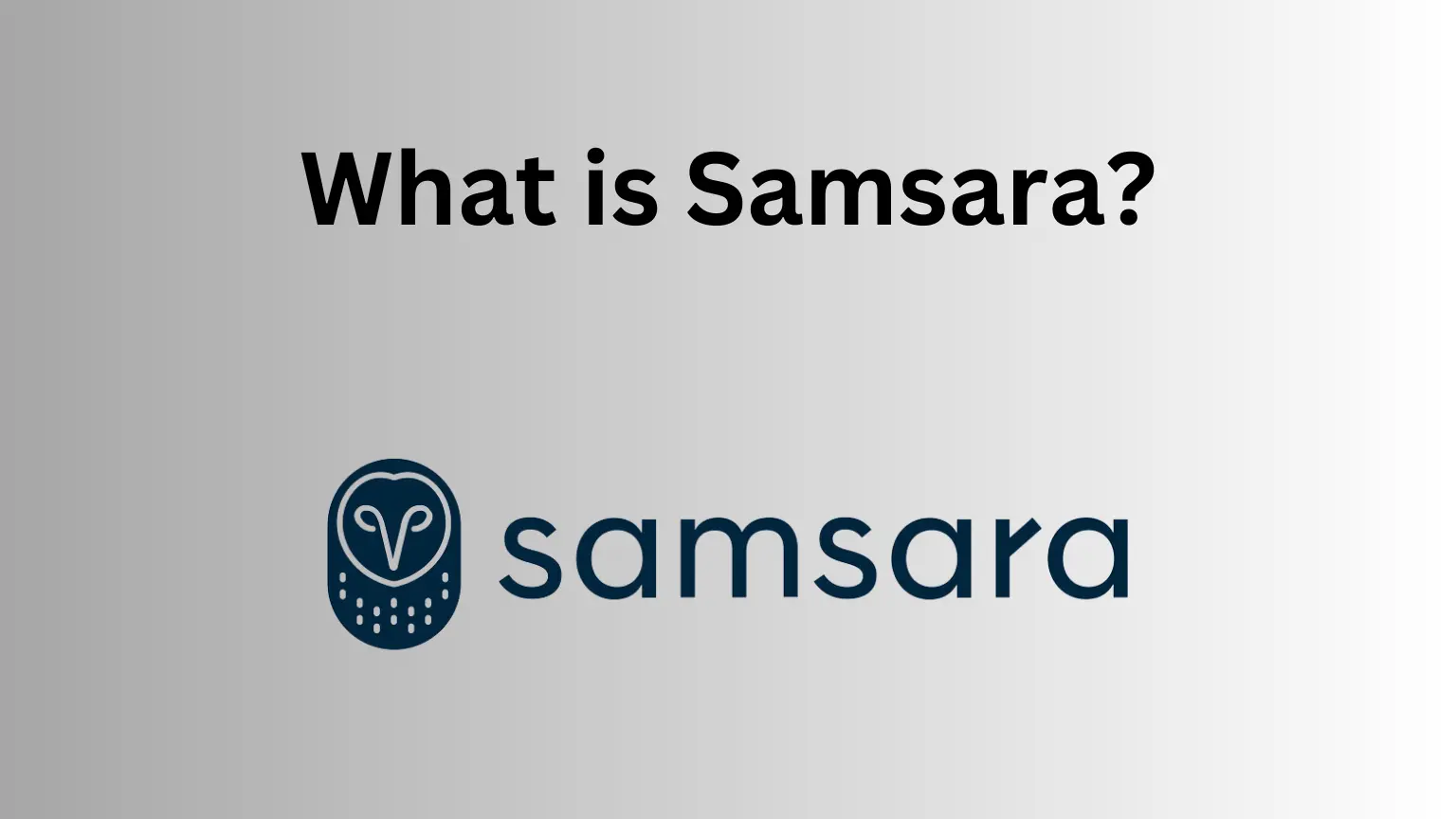Harness is a cloud-native software delivery platform that simplifies the complexities of continuous integration and continuous delivery (CI/CD) for engineering teams. It provides automation, visualization, and optimization tools to enhance the software release process.
Background Story
Harness was founded in San Francisco in 2017 by Jyoti Bansal, who is also the CEO of the company. Prior to founding Harness, Bansal was the founder and CEO of AppDynamics, a software company that was acquired by Cisco for $3.7 billion in 2017. The harness was spun out of BIG Labs, a startup studio designed to solve hard technology problems and build enduring companies.
Target Customers
Harness aims to enable every software engineering team in the world to deliver code reliably, efficiently, and quickly to their users. The company’s target customers are enterprises that are looking to accelerate their digital transformation efforts by adopting modern software development practices, such as Continuous Delivery-as-a-Service. Harness’s customers come from a wide range of industries, including finance, healthcare, retail, and technology.
Some of the featured customers of Harness include SheerID, Deluxe Corporation, and United Airlines.
Funding, Capital Raised, Estimated Revenue
Harness has raised $195 million of venture capital from top-tier investors, including Morgan, Capital One Ventures, Splunk Ventures, Adage Capital Partners, Balyasny Asset Management, Gaingels, Harmonic Growth Partners, and all existing investors participating, including ServiceNow, Menlo Ventures, IVP, Unusual Ventures, Citi Ventures, Battery Ventures, Alkeon Capital, GV (formerly Google Ventures), Sorenson Capital, Thomvest Ventures, and Silicon Valley Bank.
Harness Valuation Soars to $3.7 Billion With $230 Million in Series D Funding by April 2022.
Products and Services

Harness is the first Continuous Delivery-as-a-Service platform that uses Machine Learning to simplify the entire process of delivering code from artifact into production – quickly, safely, securely, and repeatably. The platform offers a suite of products and services that help software engineering teams manage their code, costs, and service reliability. Some of the key features of Harness include:
- NEXT GENERATION CI/CD
- Continuous Delivery & GitOps: Fast and secure deployments
- Continuous Integration: Intelligent build and test
- Feature Flags: Automated and governed releases
- Infrastructure as Code Management (BETA): Provision and manage Infrastructure efficiently
- INTEGRATED SHIFT-LEFT SECURITY
- Security Testing Orchestration: Shift-left application security
- Software Supply Chain Assurance (Public Preview): Ensure Artifact Integrity and Open Source Governance
- INTEGRATED RESILIENCE AND QUALITY
- Service Reliability Management: SLO-driven software delivery
- Chaos Engineering: Build and validate resilience
- Continuous Error Tracking: Developer observability for modern applications
- OPTIMIZED COSTS AND PROCESSES
- Software Engineering Insights: Improve engineering results
- Cloud Cost Management: Manage and optimize cloud costs
- DEVELOPER EXPERIENCE
- Internal Developer Portal (Public Preview): Software catalog and developer self-service
- Code Repository: Open-source code hosting
What is Samsara? Products, Competitors, Pros, Cons and More
Competitors
Harness competes with a number of other companies in the Continuous Delivery-as-a-Service market, including:
- GitHub
- Jenkins
- GitLab
- Argo CD
- CircleCI
- CloudBees
- Red Hat Ansible Automation Platform
- Azure Pipelines
- Codefresh
- Plesk
Pros and Cons of Harness
Pros
- Intuitive User Interface: Lower barriers of entry for all engineers, allowing them to easily manage and understand their delivery process.
- Focus on Application: Handling continuous delivery infrastructure it allows teams to concentrate on their application delivery.
- Centralized View: Provides a single pane of glass for the CI/CD process, making onboarding easier.
- Supportive Team: Knowledgeable support teams that aid in smooth operations and migration.
- GitOps Integration: True GitOps experience by allowing configurations in Git and visibility into changes.
- Security and Configuration Management: Enhanced security with communication originating at the delegate and the ability to move configuration out of UI.
- Integrated Suite of Tools: Offers a comprehensive suite covering CI, CD, Flags, Chaos, Security testing, and more.
- Customizability: Ability to customize based on product needs and utilize multiple resource types.
- Notifications: Provides developers with notifications on failure and the ability to run tests and monitor deployments.
- Terraform Integration: Works seamlessly with Terraform, pointing out potential mistakes.
- Git Sync Feature: Facilitates the use of Pull Requests for increased CI/CD change confidence.
- Templates: Offers a variety of deployment-type templates and the ability to create custom templates.
- Low Support Overhead: Quick setup and minimal time managing it.
- API and Config Management: Good API for managing settings like secrets and the ability to manage configs in git repo.
Cons
- Limited Flexibility: As a managed service, some features might be missing compared to custom implementations.
- Minor UI Issues: Occasional nitty-gritty UI issues and the new Next Gen UI might be challenging for users accustomed to the older version.
- Platform Migration: The need to migrate from an older platform to a newer one might be cumbersome, especially when customization is involved.
- Pricing Concerns: Pricing models can be confusing, and it can be viewed as pricey.
- Feature Maturity: As Harness grows, newer features might take time to reach the maturity level of established features.
- Customization Limitations: Due to being a common framework, there might be some limitations in customization.
- RBAC Complexity: Role-Based Access Control in the next-gen UI can be confusing to configure and maintain.
- Missing Jenkins Features: Some features that are available in Jenkins might not be present in Harness CI.
- UI Lag: Occasional lags in the user interface.
- Limited Native Integrations: Lacks some native integrations with providers such as GitHub/Jira.

















